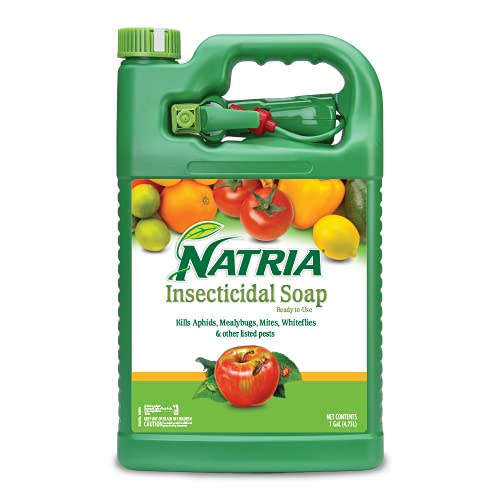Rhododendrons are gorgeous additions to any garden or yard. Unfortunately, they also attract a host of pests that also appreciate them. If your rhododendrons show damage, you might wonder what is eating them. We've done the research to bring you nine possible suspects.
Many insects and animals commonly feast on rhododendrons, including:
- Weevils
- Caterpillars
- Scale insects
- Spider mites
- Deer
- Rabbits
- Squirrels
- Lace bugs
- Rhododendron borers
With all these possibilities, you might wonder how to tell which pests are responsible for eating your rhododendrons. We invite you to read on as we describe each pest, explaining how to know if they are your culprit and how to protect your plants from further damage.
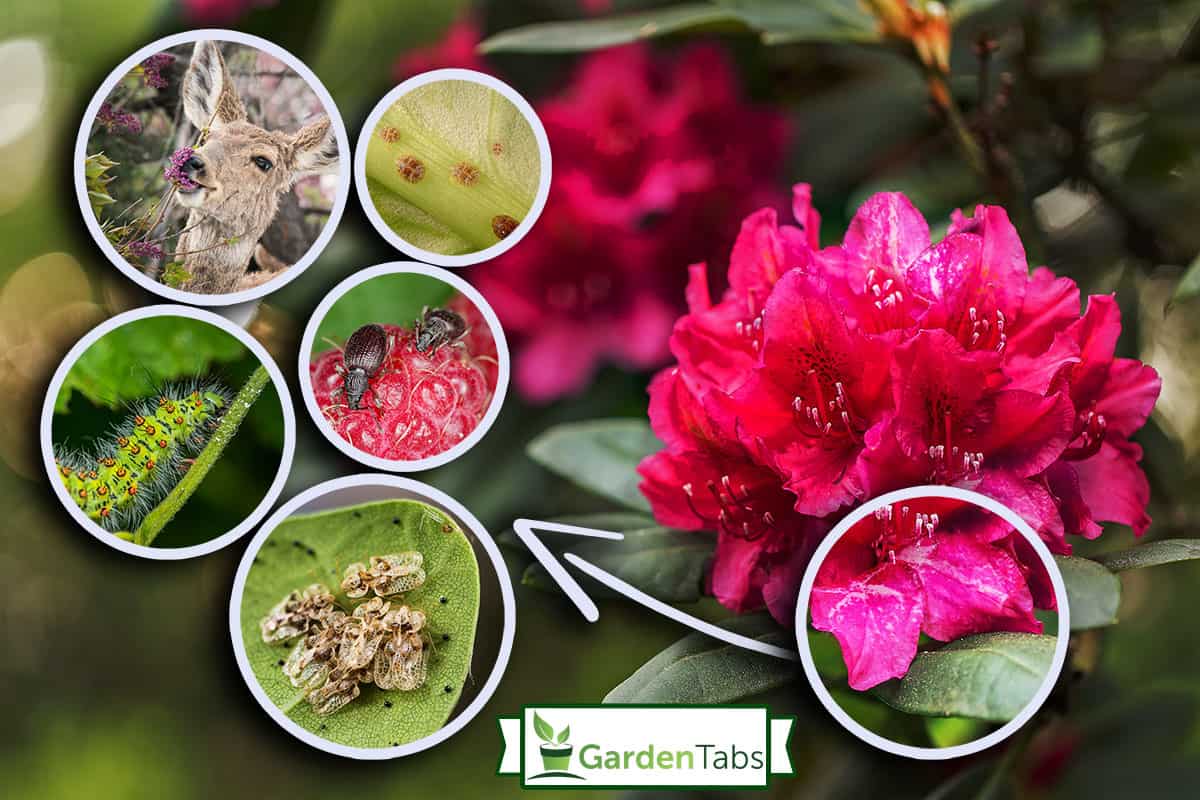
Pests That Eat Rhododendrons
A host of insects and animals find rhododendrons yummy enough to eat. Luckily, each pest leaves tell-tale signs and can be prevented from causing further damage.
1. Weevils
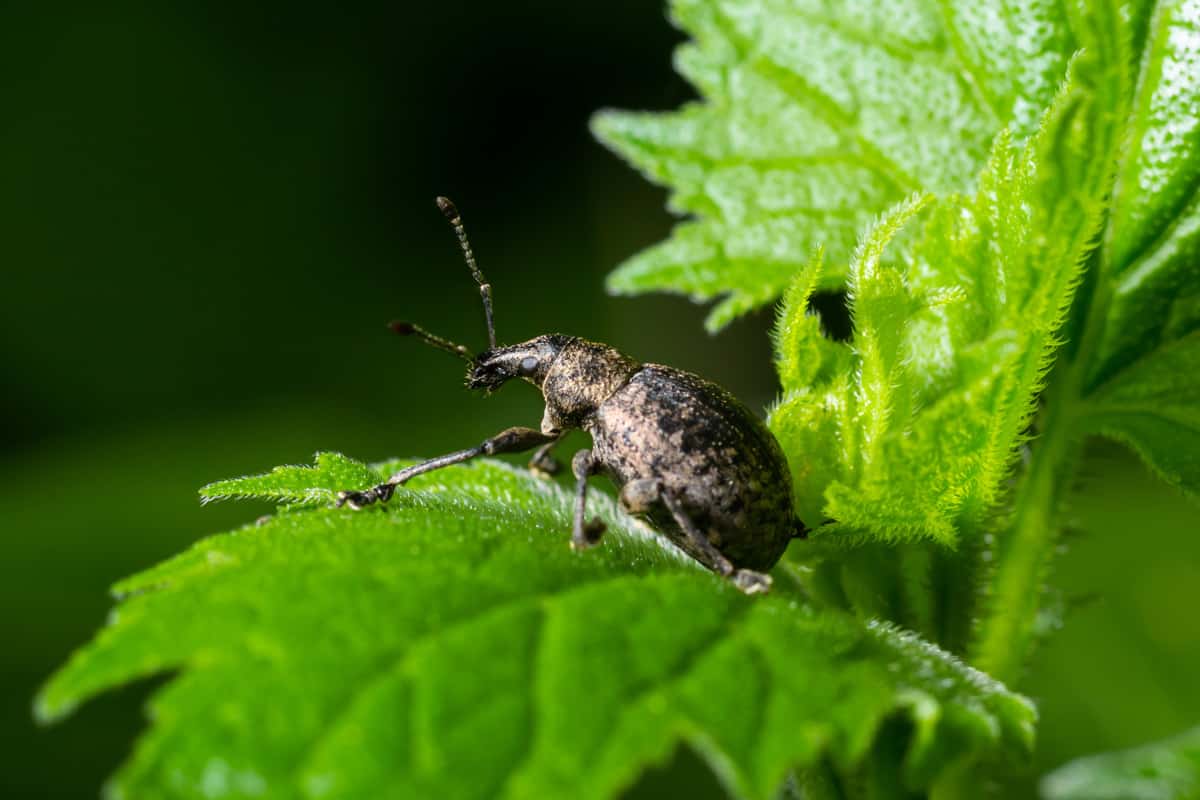
While many types of weevils eat rhododendrons, the most common is the black vine weevil. Weevil larvae feed on the root of the rhododendron plants, while the adults prefer the leaves.
How To Identify
Michigan State University's Bob Bricault explains that if you see circular notches in the leaves, there is a pretty good chance that weevils are your culprit.
Managing This Pest
Apply insecticide to your rhododendrons a couple of weeks after you first start to notice the damage. Be sure that the insecticide you choose specifies that it works on weevils.
Click here to see this insecticide, effective for weevils, on Amazon.
Nematodes are a natural, chemical-free alternative. Remove mulch, rocks, or gravel and apply them to your soil. However, you must wait until July to apply them because they will freeze and die if the weather isn't warm enough.
Click here to see this nematode option on Amazon.
2. Caterpillars

Washington State University identifies cutworms, loopers, and oblique banded leafrollers as common caterpillars responsible for damaging rhododendrons. Caterpillars particularly enjoy the leaf tissue of the rhododendron plant.
How To Identify
Caterpillars tend to eat leaves by ripping large, irregular-shaped pieces from them. If you see this type of damage, your culprit is probably a caterpillar. Caterpillars feed at night so they won't be visible during the day.
Managing This Pest
For small infestations, you can remove caterpillars by hand or allow them to be eaten by natural predators. For larger infestations, however, you may want to use a pesticide. Apply the pesticide as soon as you see caterpillars on your plants.
Check out "How To Get Rid Of Caterpillars Without Killing Them" for non-fatal methods.
3. Scale Insects
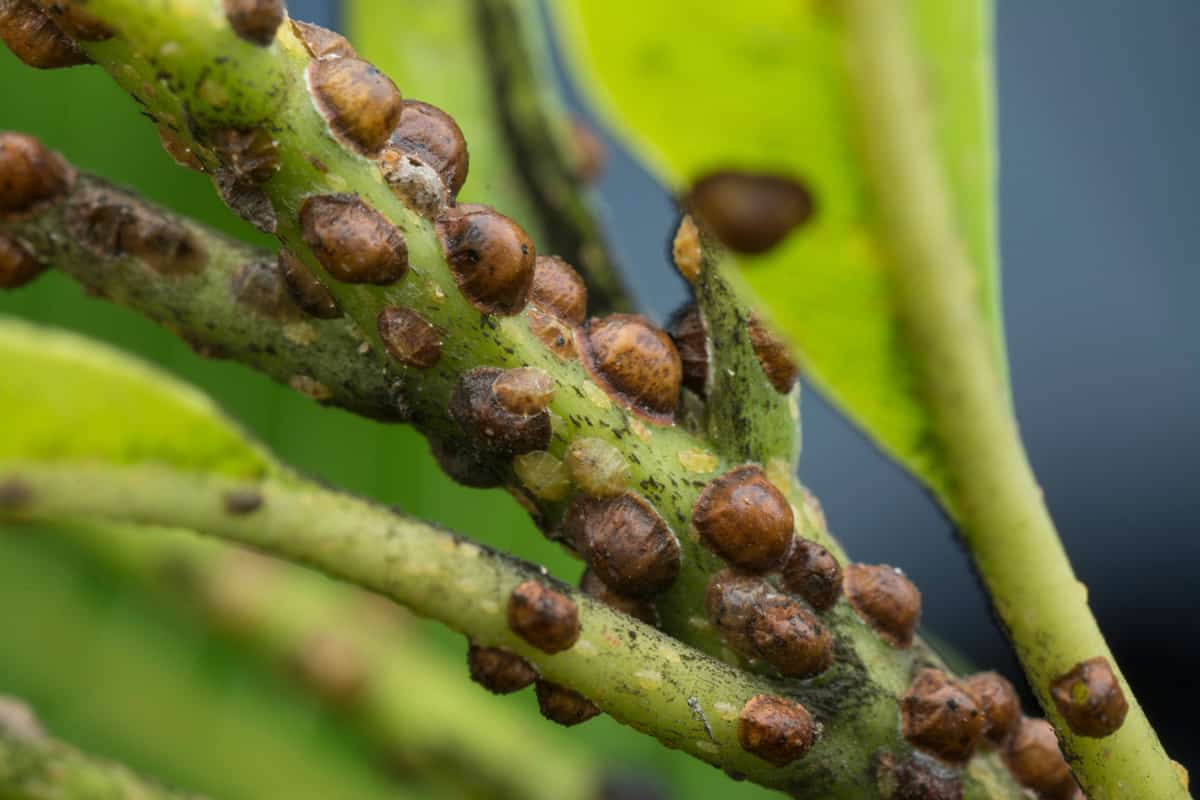
Though small, scale insects cause significant damage to rhododendron plants. They are responsible for rhododendron scale disease and cause black fungus growth.
How To Identify
To an unskilled gardener, scale insects will look like growths on the plant. They present as tan-colored disc-shaped lumps on the rhododendron's leaves and stem.
Managing This Pest
Like with caterpillars, a small infestation can be removed individually. However, scale insects need to be pried off.
To prevent or manage an infestation, apply horticulture oil spray. This should be done in early spring for the best results.
Click here to see this horticulture spray on Amazon.
4. Spider Mites

Spider mites will not hurt humans or animals but can cause extensive damage to plants. They live together in colonies and can be yellow, green, or reddish-brown.
How To Identify
Clemson College of Agriculture, Forestry, and Life Sciences explains that you will see spider mites on the underside of your leaves. If your infestation is severe, it will also be visible on the tops of the leaves.
Like the other pests we've discussed so far, not seeing spider mites does not mean they haven't caused damage. Leaf drop, leaf stippling, or leaf bronzing are common signs that spider mites have visited your plants.
Managing This Pest
Insecticidal soap, horticultural sprays, or pesticides will be your best course of action for getting rid of them. Choose a treatment specifically for spider mites, however, because many pesticides will also kill the spider mites' natural predators.
Apply your treatment in the evenings but not within 24 hours of predicted rainfall. That way, the treatment will take longer to dry but will not be washed away by rain. Be sure to treat both sides of the leaves.
Click here to see this insecticidal soap on Amazon.
5. Lace Bugs
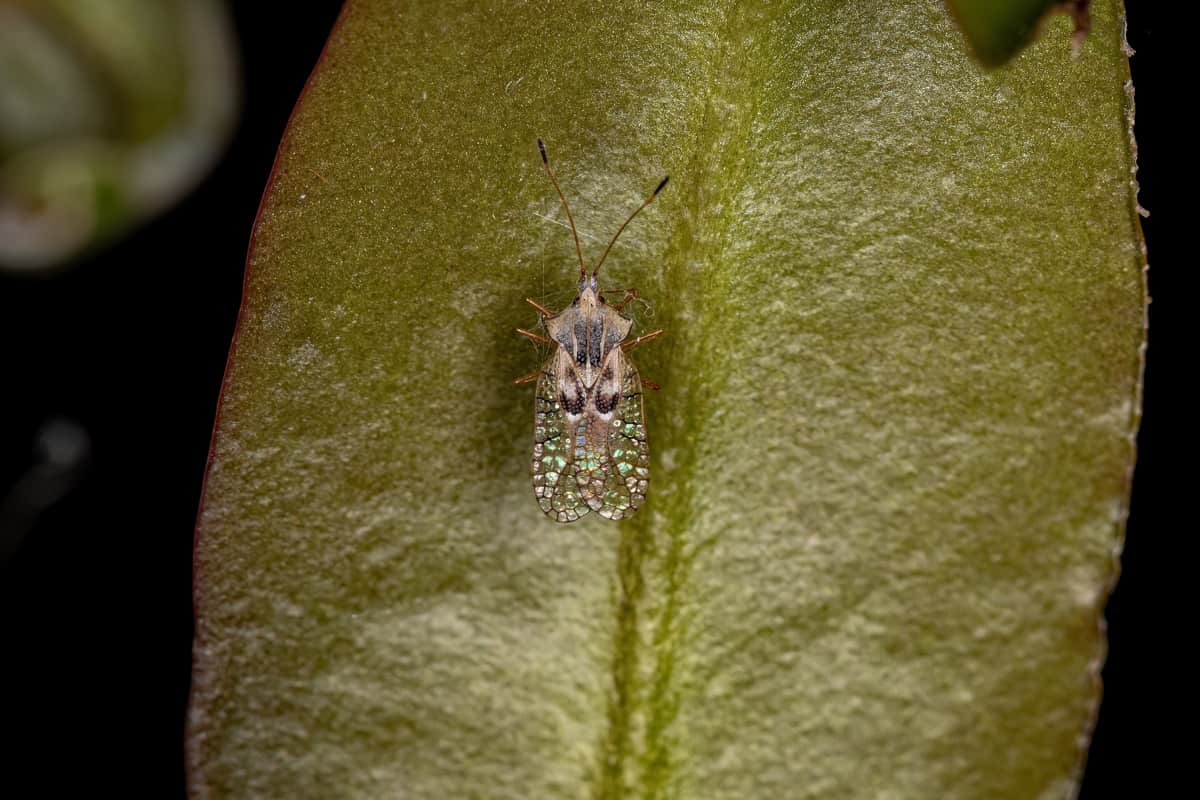
Lace bugs are whitish-tan with lace-patterned wings. While they may have some beautiful features, their damage to rhododendron plans is anything but beautiful.
How To Identify
The Pacific Northwest Pest Management Handbook explains rhododendron leaves damaged by lace bugs will be yellowed and stippled on the top with tar-like spots on the bottom. You will notice the damage done by lace bugs around early to mid-July.
Managing These Pests
Insecticide can be effective in managing lace bugs. However, less invasive methods are also recommended. Hosing your plant's leaves down with water will help remove some insects hanging around to feast.
It is also important to keep your rhododendrons in good health, water them as often as they need, and provide them with the necessary nutrients. The healthier your plants are, the better able they are to fight off the damage done by pests.
6. Rhododendron Borer
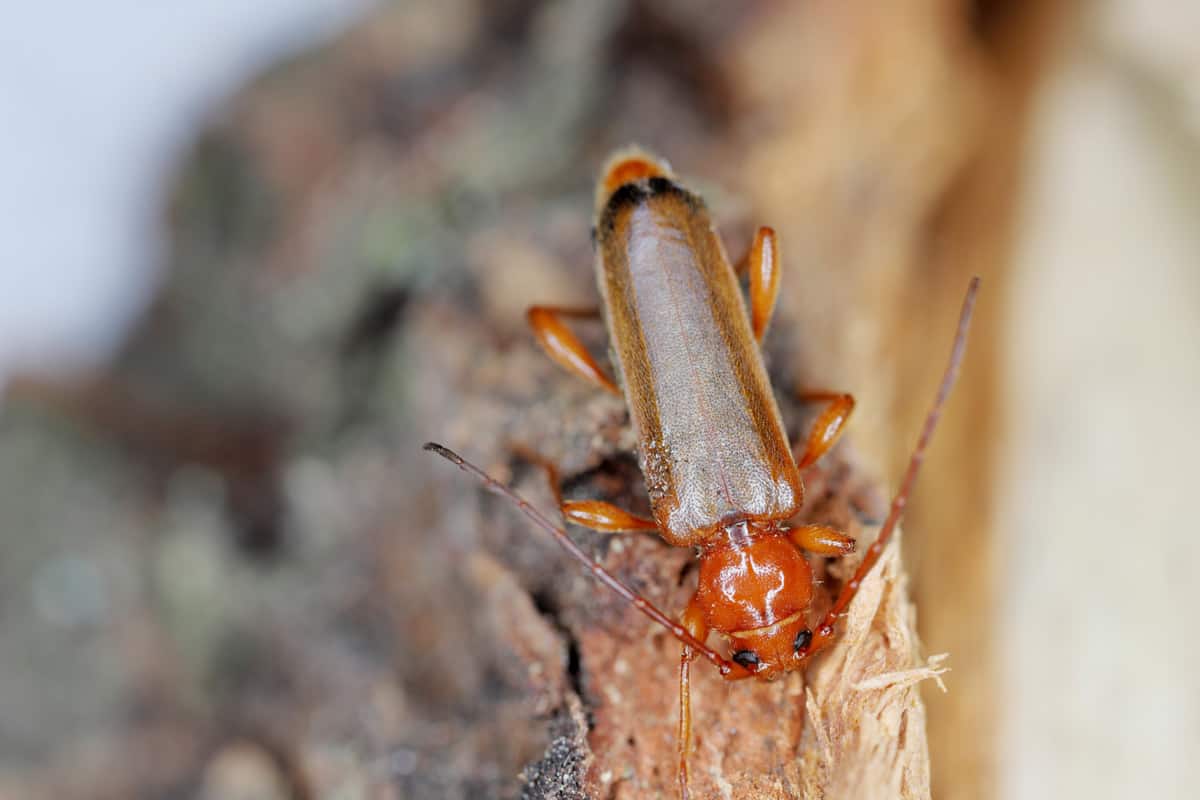
Similar to the picture above, rhododendron borer larvae are yellowish-white with a reddish-brown head. The adults, on the other hand, have blue or black abdomens highlighted by yellow bands.
As their name suggests, they are a common predator of the rhododendron plants. They also cause serious damage.
How To Identify
The Penn State Extension warns that even a light infestation of rhododendron borers can cause the plant to die. This is because they cause the leaves to turn yellow and then brown before wilting away.
You will also notice fewer blooms on your plants that have been infested, as well as scars on the plant's branches and twigs.
Managing These Pests
To keep the infestation from spreading, prune away portions of your rhododendrons that have been lightly infested. For heavy infestations, remove the plants entirely so the insects cannot relocate to neighboring plants.
Your line of defense isn't just removing plants, however. You can take action to identify and remove borers before the infestation becomes too bad. To do so, place pheromone traps in your plants to lure and catch the rhododendron borers.
Once you've found one of the rhododendron borers in your trap, you will know that they are starting to become a problem. Apply insecticide 7-10 days later to take care of any other borers that have made their way to your plant.
7. Deer
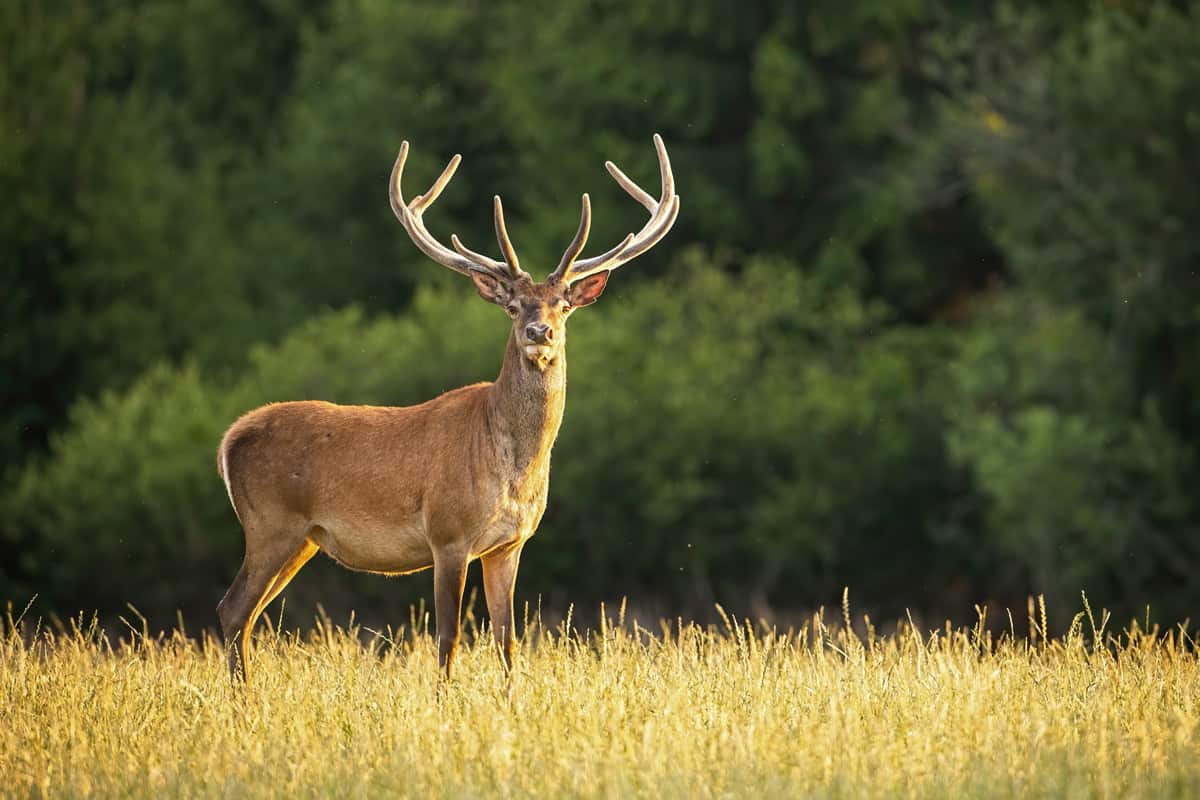
While a host of insects enjoy eating rhododendrons, they aren't the only ones. Deer particularly enjoy azaleas and are more likely to eat your plants in the winter when other food is scarce.
How To Identify
Unlike insects, deer and other animals will not spend their time hanging out in your plants. You will only know they were there if you've ruled out insects, find tracks, or catch them in the act.
Managing These Pests
Deer management relies more on prevention than getting rid of them after they've come around. If you don't have a for particular rhododendrons, you can plant the Carolina or rosebay varieties since deer don't like them as much.
If you must have the rhododendrons that the deer prefer, you can keep them away by planting plants to mask their smell. Juniper, shrub roses, and bayberry are good options. You can also install deer fencing or netting so they can't access your plants.
Take a look at How To Stop Deer From Eating My Flowers? [5 Proven Tactics] for more ideas.
8. Rabbits
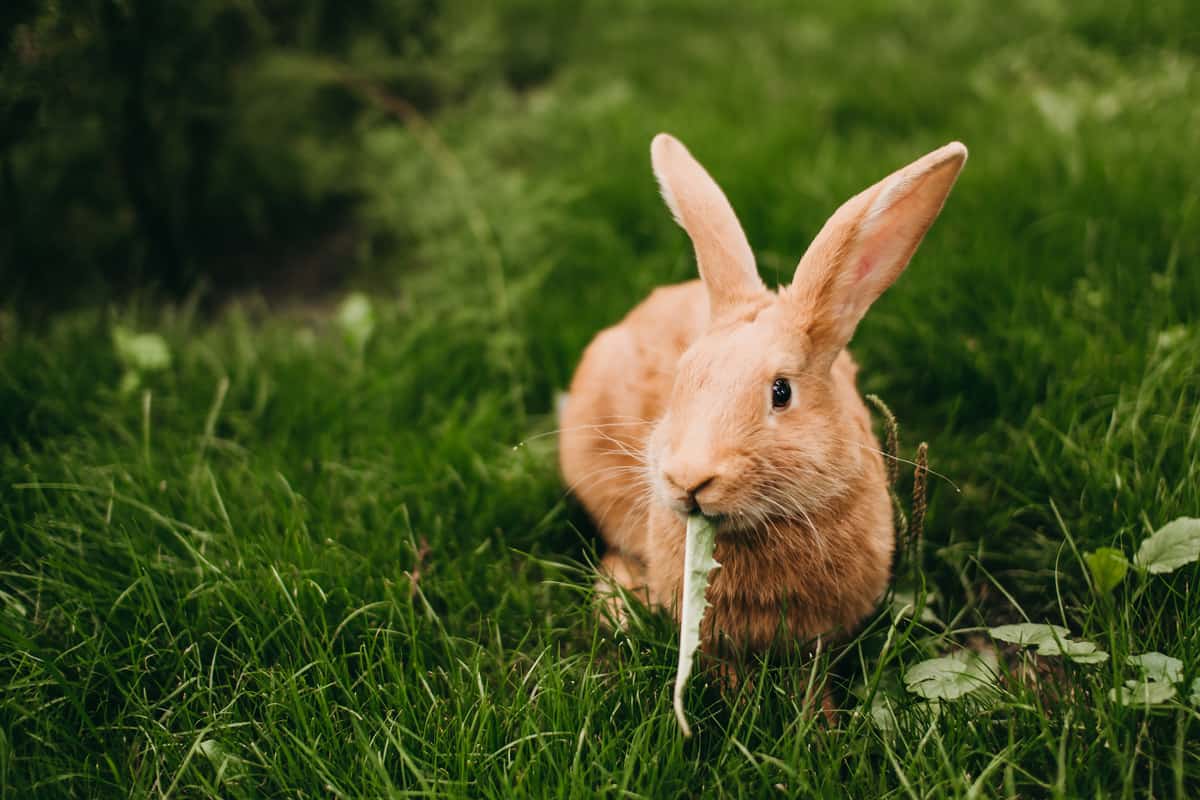
Rabbits may not readily spring to mind as possible culprits because all rhododendron varieties are poisonous to them. However, rabbits are still especially fond of seedling rosebay varieties.
How To Identify
Like some of the insects we've discussed, rabbits have a particular eating pattern that can help you determine if they are going after your rhododendrons. Virginia Tech describes this pattern as clean-cut and at an angle.
Remember, though, that rabbits are not likely to be the source of damage if your rhododendrons are not specifically the rosebay variety.
Managing These Pests
Rabbits are not fond of juniper, rosemary, currant, holly, or lavender, so planting these around your rhododendrons will deter them. You can also protect your plants by draping them in netting that rabbits will not be able to chew through.
9. Squirrels
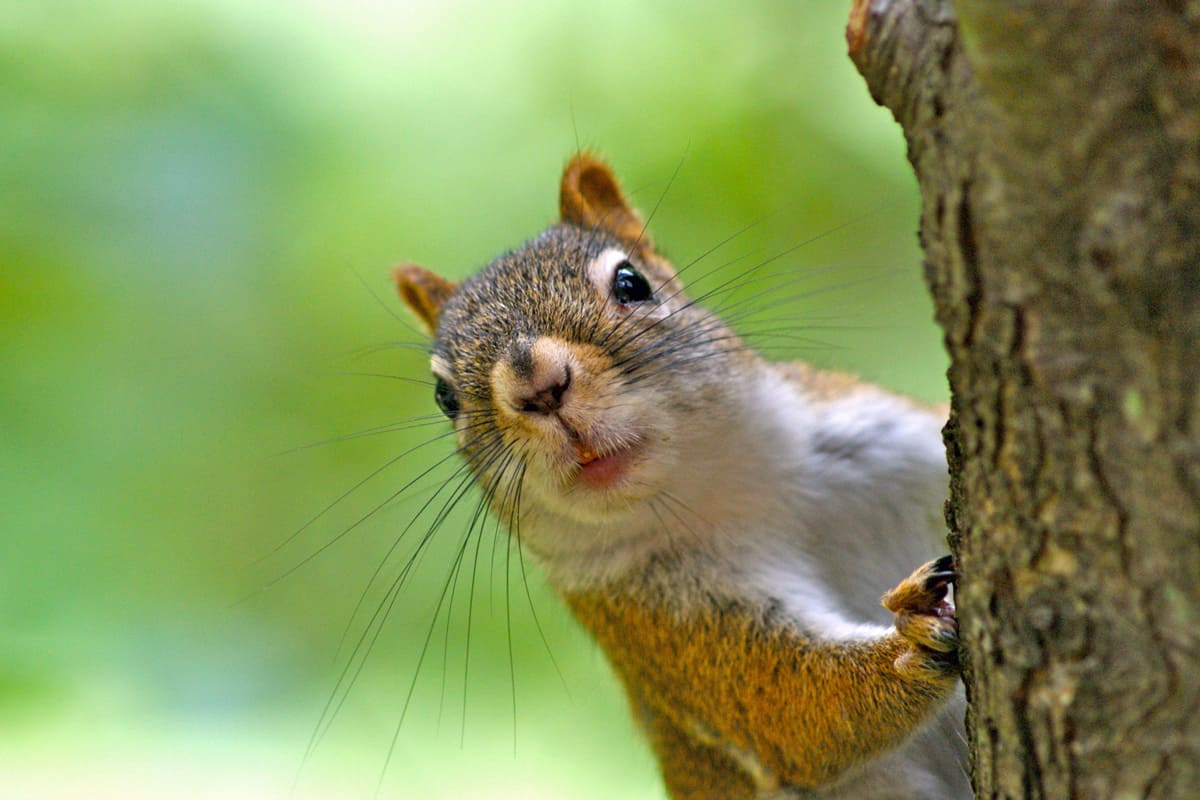
Squirrels may also find their way to your rhododendron plants, especially when there is nothing else available to eat. Since they stay for a short time and move quickly, you'll have to rely on the evidence they leave to find out if they are a problem.
How To Identify
Squirrels prefer the rhododendron's flowers, so a tell-tale sign that they've been feasting is a scattering of fallen flowers around your plants. They may eat some of the leaves as well, but that would only occur if there were no flowers available to eat.
Managing These Pests
The saying "you catch more flies with honey than vinegar" applies well to the management of squirrels in your rhododendrons. Squirrels won't choose flowers if other foods are available, so the more effective way to keep them away is to set up a squirrel feeder and keep it stocked.
Click here to see this charming squirrel feeder on Amazon.
Summary
Prevention is always the first step in protecting your rhododendrons from pests. Keep your plants healthy and take steps to deter pests from them before they even get a chance to visit.
If you are unfortunate enough to find some damage to your rhododendrons, don't panic! There are plenty of options for managing pests once you identify which one you are dealing with.




